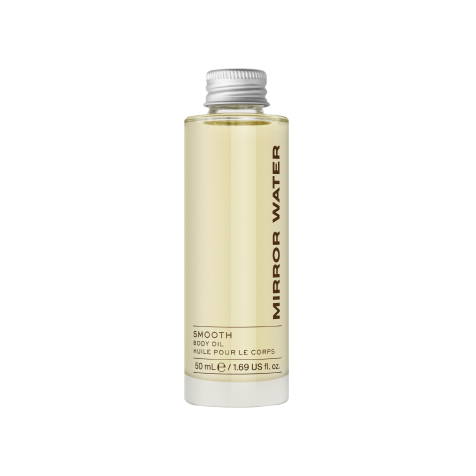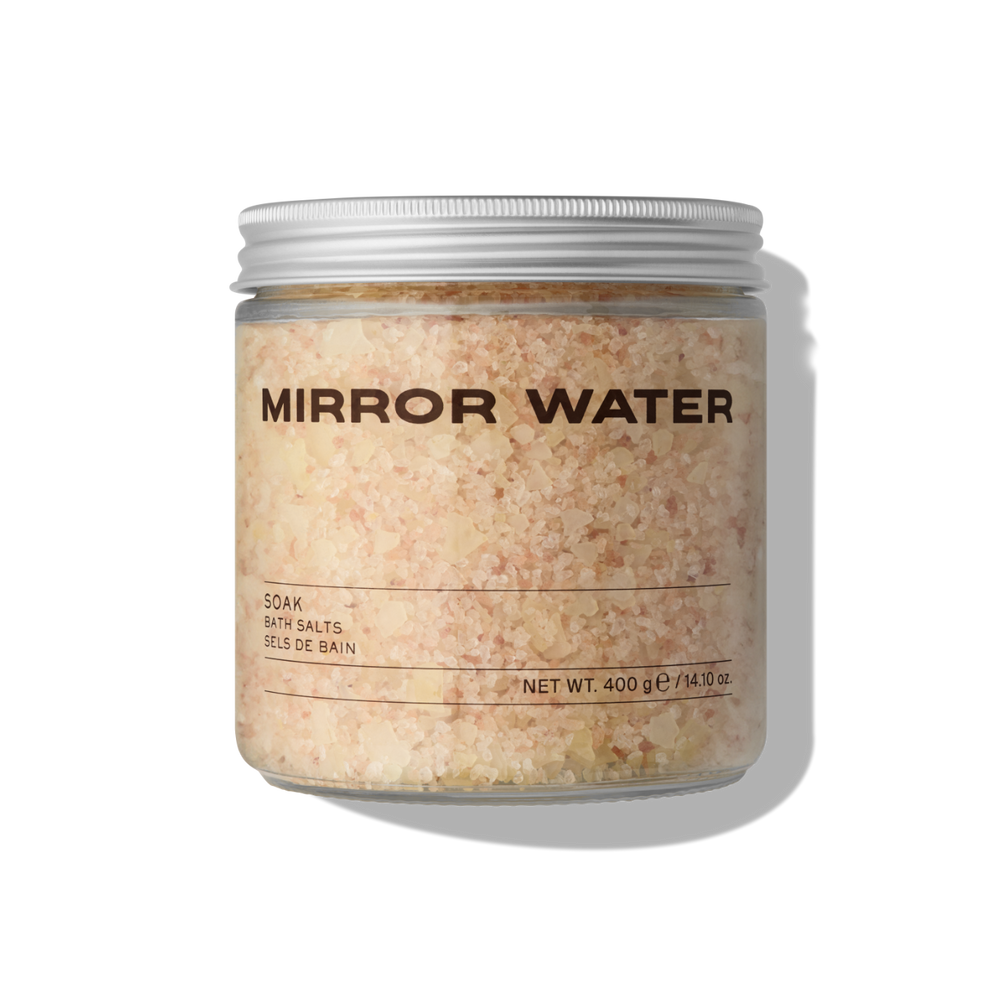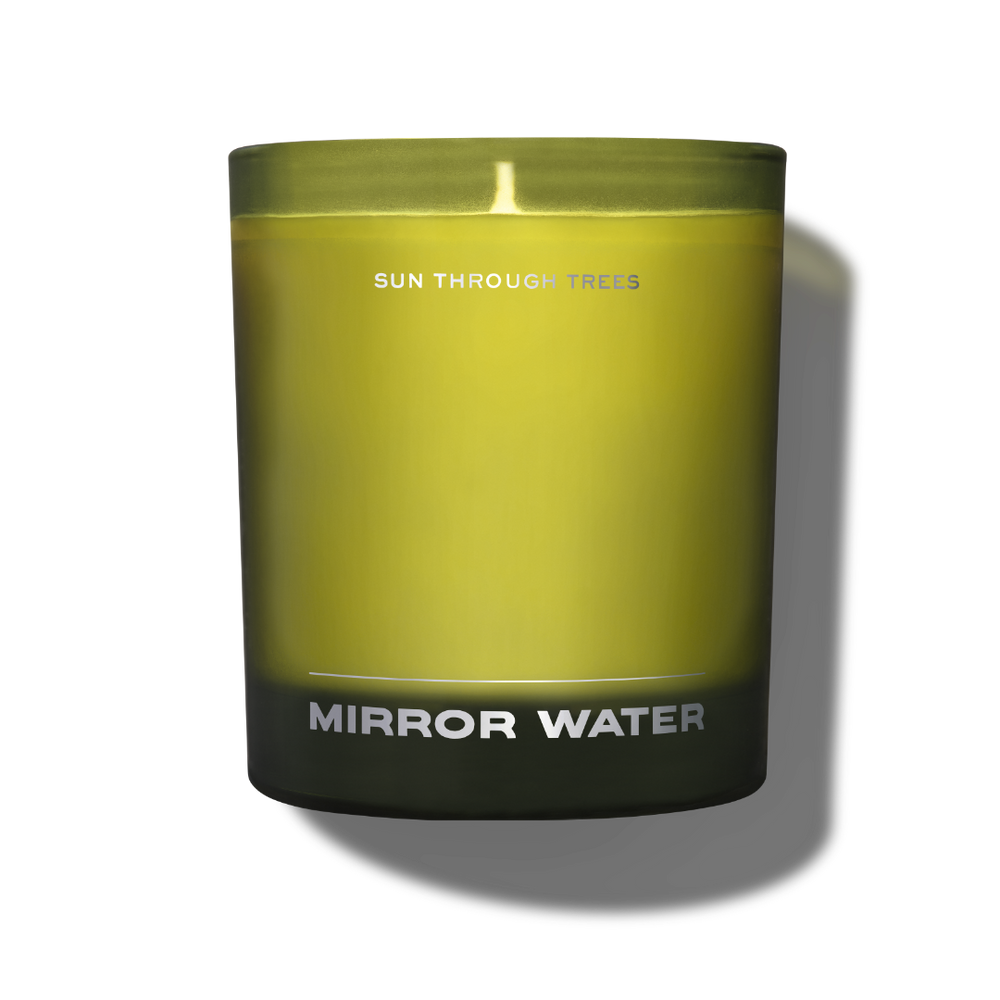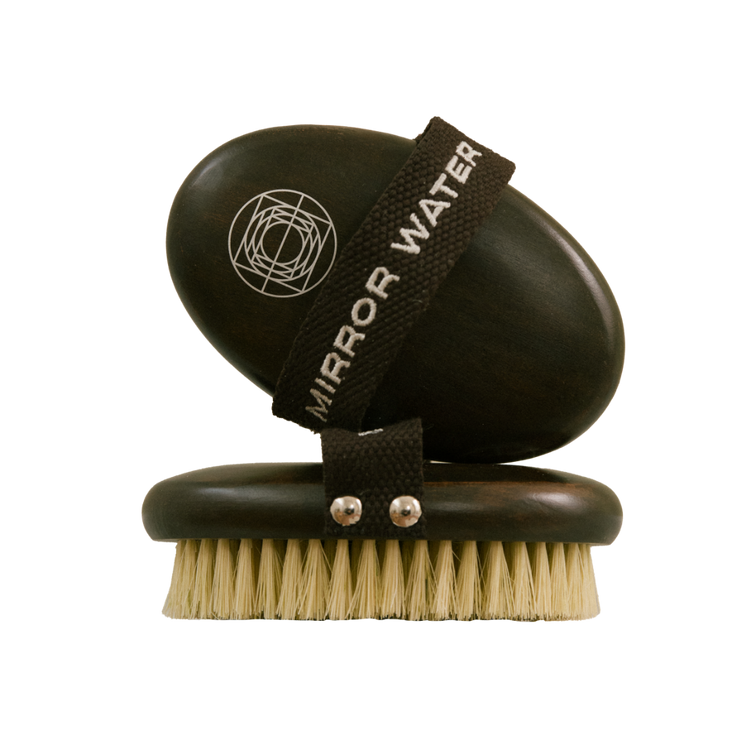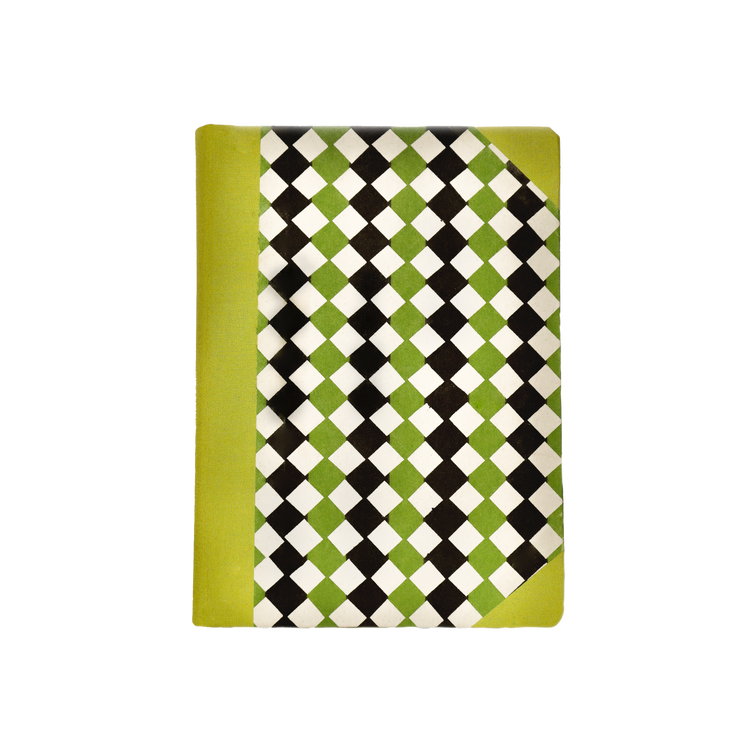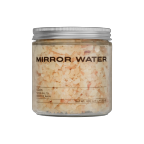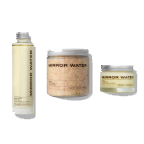
An Interview with Artist Barbara Frankie Ryan
Start with a crap drawing. High volume is key; it’s only after many, many sketches that the kernel of the idea will emerge. As artist Barbara Frankie Ryan shares her screen, showing the stages of her visual love letter to the Netherlands called ‘KAASVAAS’, she scrolls through what she fondly refers to as her ‘crap drawings’ that allow her to visualise a nascent project without getting waylaid by an artist’s perfectionism. These sketches are often made by hand in a dedicated book, or hastily plotted on the nearest piece of scrap paper, but Photoshop can be an ideal host, too; an artist can use the software to create things that cannot physically exist in the world. We may associate Photoshop with retouching and the perpetuation of unrealistic or even impossible bodies, but it can be used in a plethora of other ways to make entirely new things not accessible with pencil and paper. Sometimes this process doesn’t work out, but when it does and Barbara’s crap drawings blossom into fully realised pieces and projects, they are connected by their vibrant playfulness.
But colourful work isn’t frivolous; Barbara’s lighthearted aesthetic captures her viewers, pulling them in through bold use of colour and, often, whimsy, holding them long enough to address such themes as heritage, sexuality, and climate change. ‘KAASVAAS’ illustrates Barbara’s approach; the artist, who has lived in Amsterdam for seven years, couples The Netherlands’ two main exports in a delightfully bizarre arrangement (‘a Dutch ikebana’, says Barbara, referring to Japanese flower art). The pairing should be incongruous but somehow it is effortless and organic, and the photos of Barbara’s compositions produced by Alice Angelini are immaculate. Barbara is undeniably in touch with the visual languages of internet-based aesthetics, combining sunny yellow with pale purple, or blush pink with rich orange, producing a final set of images that are ‘likeable’ and also—via her specific perspective and elevated execution—memorable.


It’s hard for Barbara to pinpoint how she became an artist because she has simply always made things, from fanzines as a teenager to prints, photography, and films as a student, then posters and objects as a graduate. Now, she has established her career, creating work that encourages people see the world differently. Art with a sense of humour. “There are so many things going on in the world, but if you can make a point using a light touch or by bringing a smile to someone’s day, that’s what I want to do.”
Barbara happily divides her time between freelancing as an art director for brands and developing her own artistic practice. The two pursuits fuel each other and Barbara describes this as a string that connects both areas; when she takes on a commercial job, typically bringing someone else’s vision to life, Barbara emerges with the fire to pursue her own creative work. Then her self-initiated projects let her experiment with new skills that, in turn, she can take into future commissions. This isn’t an artist begrudgingly taking on commercial work to fund their artistic practice; for Barbara this is a genuinely fruitful process that fits into her ethos of collaboration.


Collaboration is at worst a buzzword and at best a thorough practice of co-creation. It’s clear that Barbara’s work genuinely explores the ways that the input of two or more people can become greater than the sum of its parts. This realisation came early in Barbara’s career; she soon knew that energy pumped into competing for internships, awards, or even likes online, is better spent putting her all into projects she is invested in. An example of this is a striking network of sculptures called ‘Surface Tension’, produced with Tom Biddulph for the Amsterdam Light Festival. Barbara worked closely with craftspeople and technicians to submerge cars in the canal to create the effect of a flooded street as a warning of the climate crisis.
More recently, Barbara has collaborated with Nata Concept Store on objects for the home; Barbara describes a year of ‘fangirling’ between herself and the two founders, Anna and Tatiana, until they decided to work together. They started with—guess what—crap drawings and ultimately produced curvy candle forms in Barbara’s signature colourful finishes, which will be available online soon. Each half of the candle can slot neatly into the grooves of the other half, joining to make one hybrid piece. The final product is a fitting representation of the possibilities of collaboration and the oneness of Barbara’s artistic vision.
Visit Barbara Frankie Ryan’s website to learn more about her projects or to enquire about how to commission her for a project.
